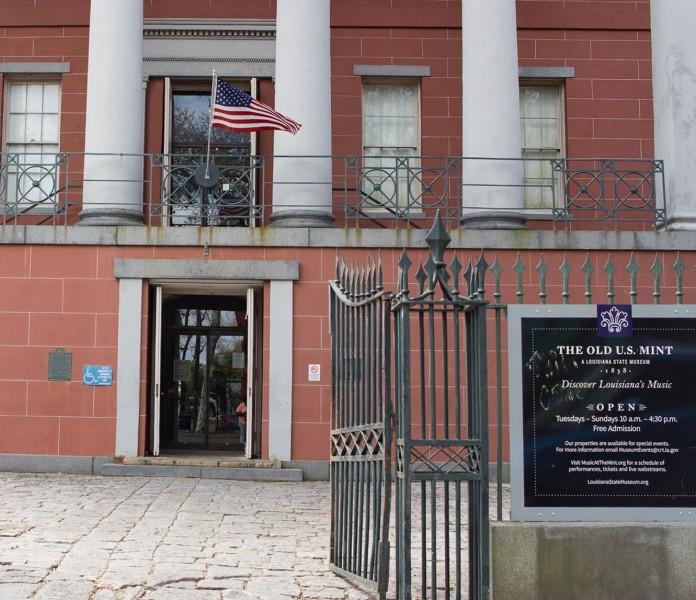Know Your NOLA: New Orleans Jazz Museum displays distinguished history
New Orleans has served as a historical breeding ground for creative expression and a center for cultural syncretism throughout America’s past. The city’s ability to innovate is shown through its musical history. The New Orleans Jazz Museum at the Old U.S. Mint honors jazz in its place of origin.
Developing from the blues and other types of music and dance styles, jazz grew in black communities in New Orleans during the early 20th century. Jazz, however, differed from these other genres in its focus on improvisation and on more complex chord progressions and rhythms. Its usage of multiple musical styles emphasized cultural blending, while its use of improvisation emphasized free expression.
The 1920s marked the “Jazz Age” in America, allowing for the dispersion of the genre from New Orleans to northern cities, particularly Chicago and New York. Through its popularization from the recording and radio industries, jazz was exposed to and adored by white audiences. Performers including Louis Armstrong, Duke Ellington and George and Ira Gershwin rose in popularity, as did new dances like the Charleston and the Black Bottom.
The New Orleans Jazz Club formed in 1949 and opened its own museum in the French Quarter in 1961, marking the beginning of the Jazz Museum. By 1978, a donation of more than 20,000 jazz-related items was sent to the Louisiana State Museum.
A new Louisiana State Museum Jazz Collection exhibit opened in the early 1980s at the Old U.S. Mint, where it remained until 2005 when the building and parts of the collection suffered damage from Hurricane Katrina. Over the last few years, the museum has undertaken efforts to rebrand the Mint as a home for New Orleans jazz.
Officially open since April 2015, the New Orleans Jazz Museum boasts interactive exhibits, educational programs, established historical archives and musical performances organized by its programming component, Music at the Mint. Music at the Mint offers entertainment and educational programming through musical and theatrical performances, lectures and symposia.
The Jazz Museum is undeniably a gem to the culture of New Orleans, but it also draws international attention. Contemporary artists from around the city as well as from other countries perform at the Mint. Similarly, audiences come to listen and learn from various regions of the world.
“It’s a local, national, international piece,” Director Greg Lambousy said. “It’s a way to connect with other parts of the world and other musicians.”
The collection includes the instruments of notable performers such as Armstrong, Sidney Bechet, George Lewis and others. It also holds jazz-related art, photographs, manuscripts, historic recordings and film footage.
The museum includes specific exhibits that focus on an array of topics, from Armstrong’s life and music to contemporary art and photography. As the majority of its collection is not currently on display, the museum plans to showcase more pieces through the development of new exhibits.
Jazz is deeply embedded in the culture of New Orleans, a city that deserves to have its history displayed proudly. The museum continues to develop and expand, becoming a hub for cultural appreciation and education as well as an immersive and dynamic experience that presents New Orleans’ rich past.
“It has some of the most significant items related to New Orleans jazz,” Lambousy said. “[It] is one of the things the city is most known for.”
Your donation will support the student journalists of Tulane University. Your contribution will allow us to purchase equipment and cover our annual website hosting costs.




Leave a Comment